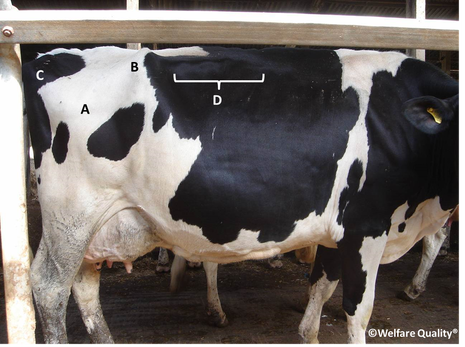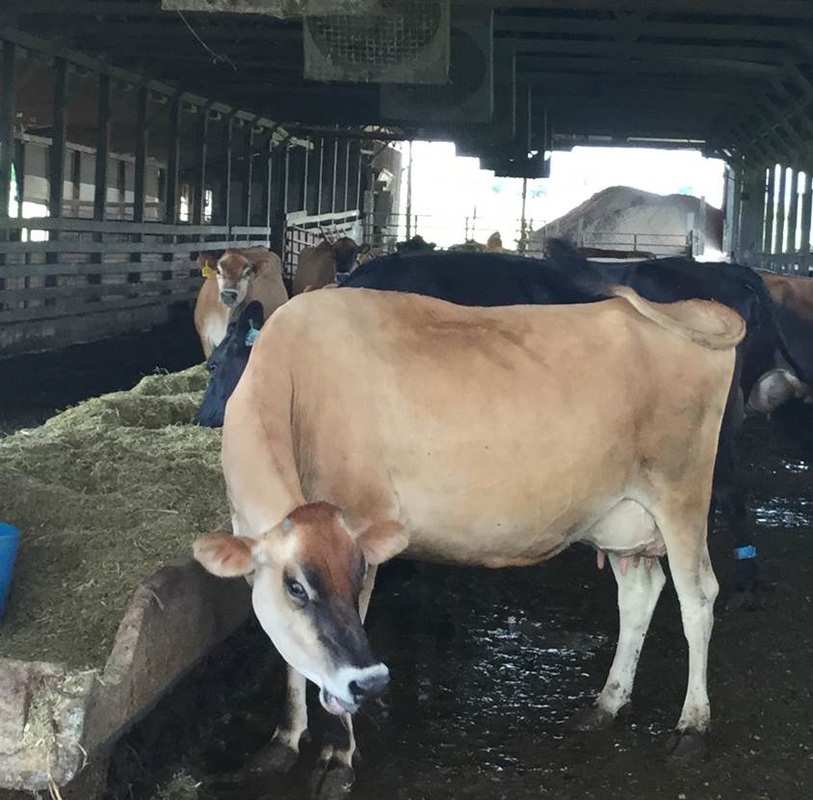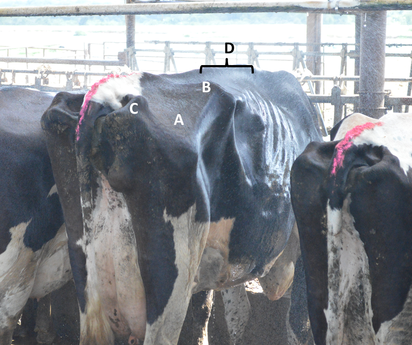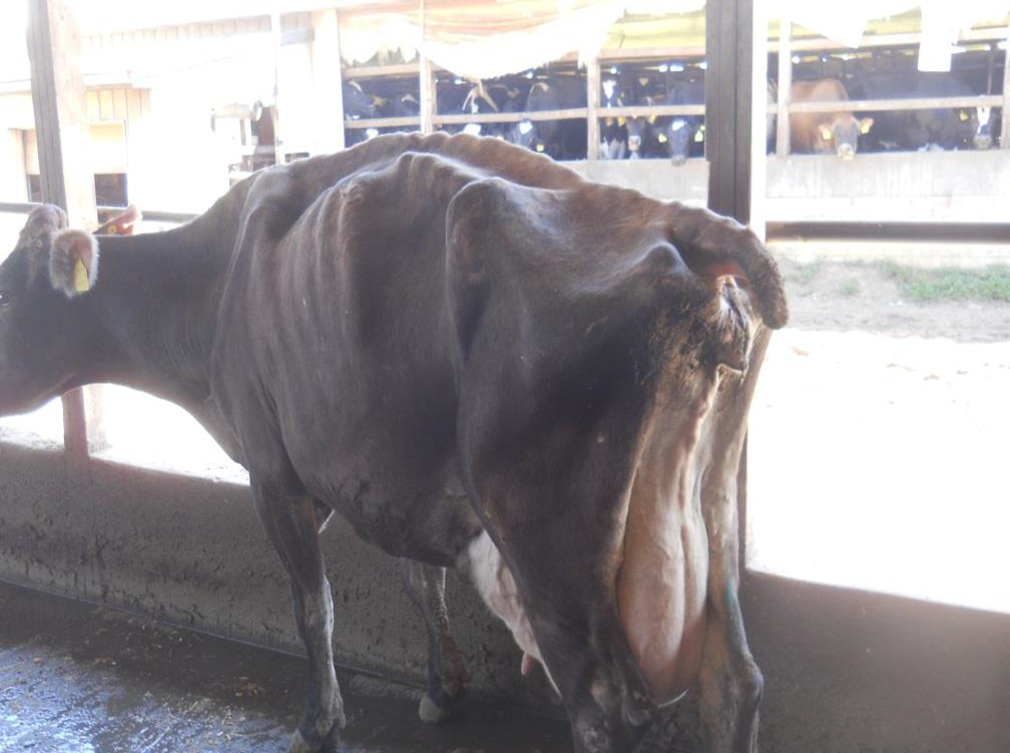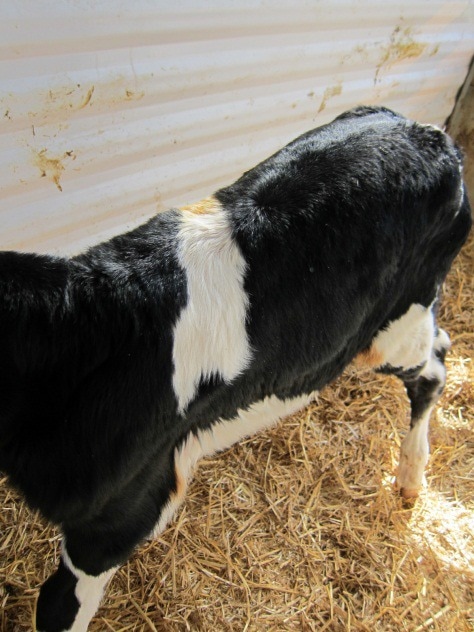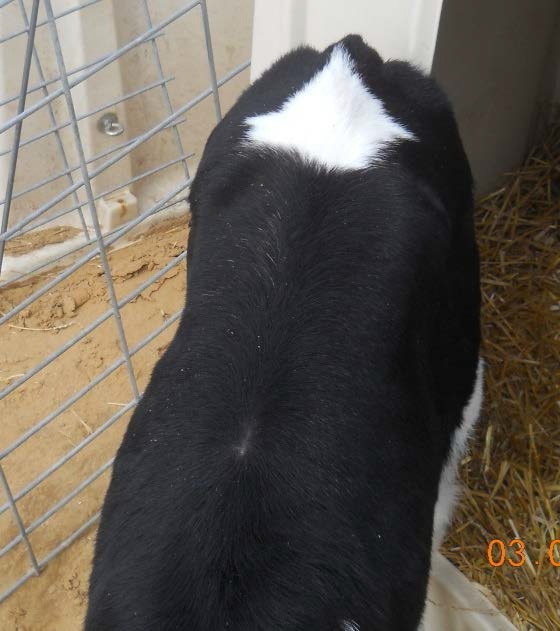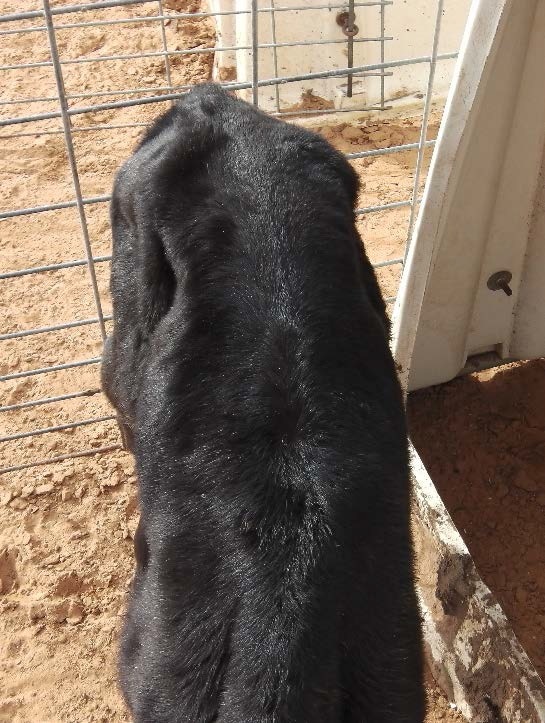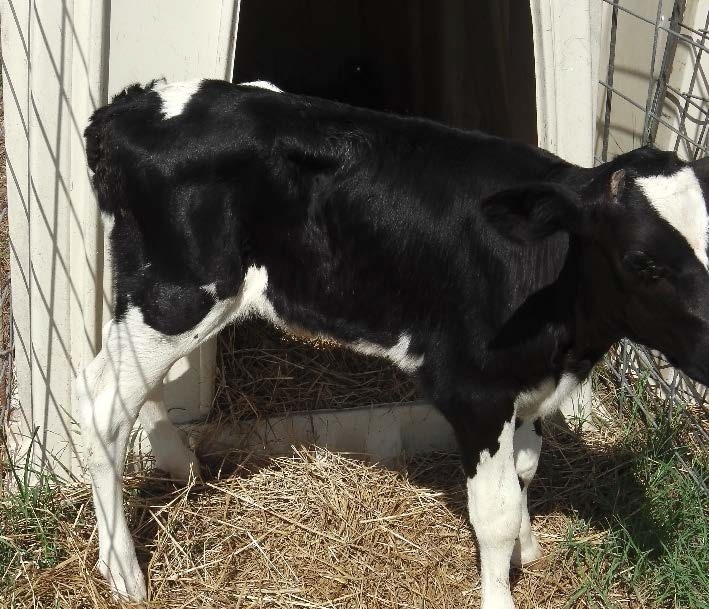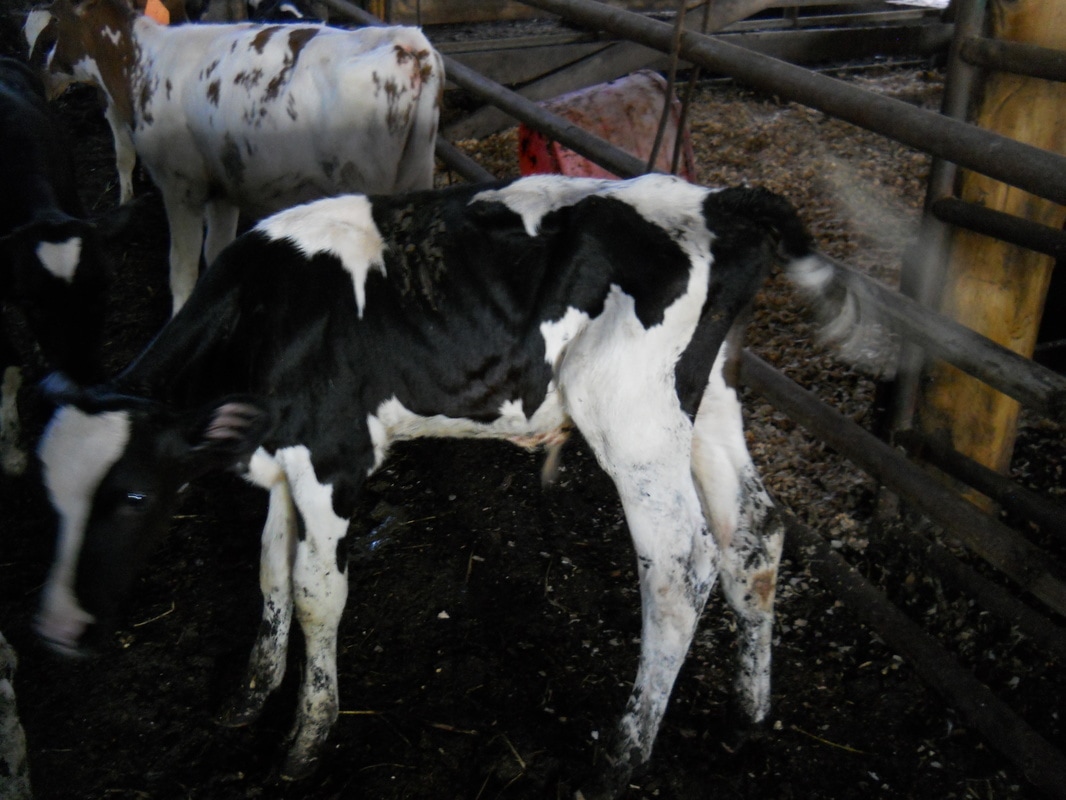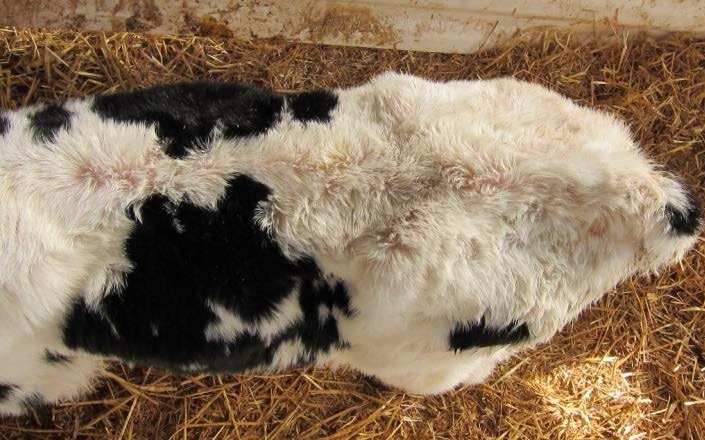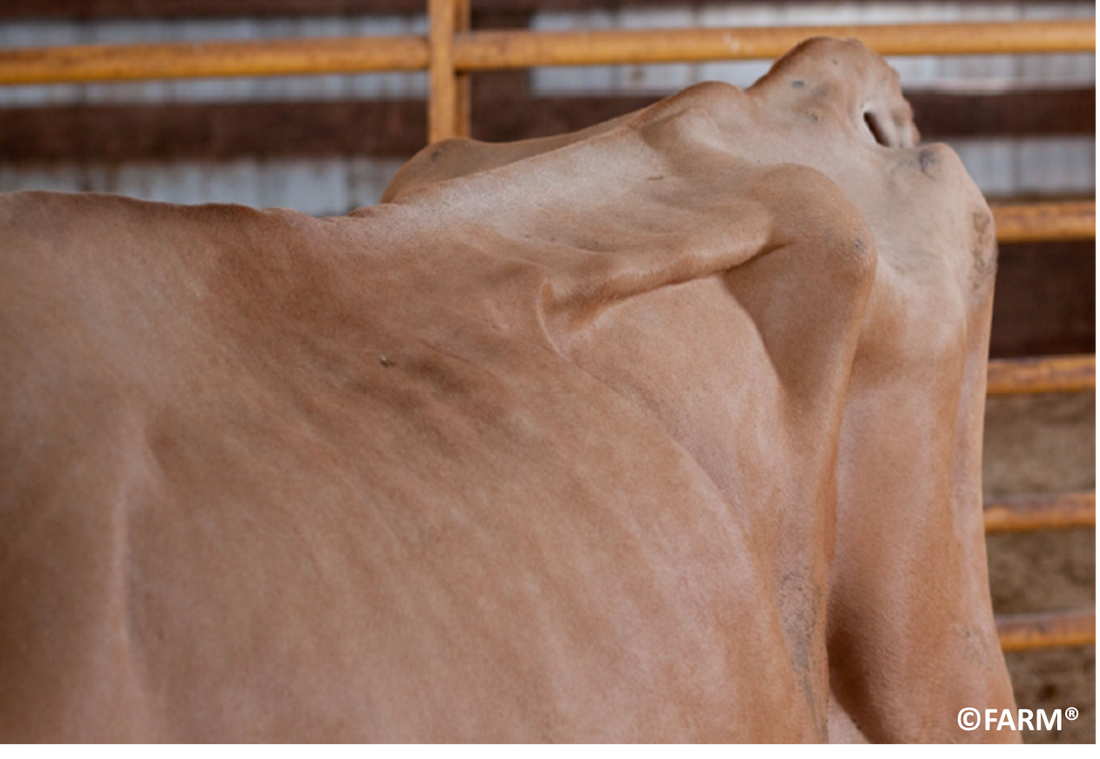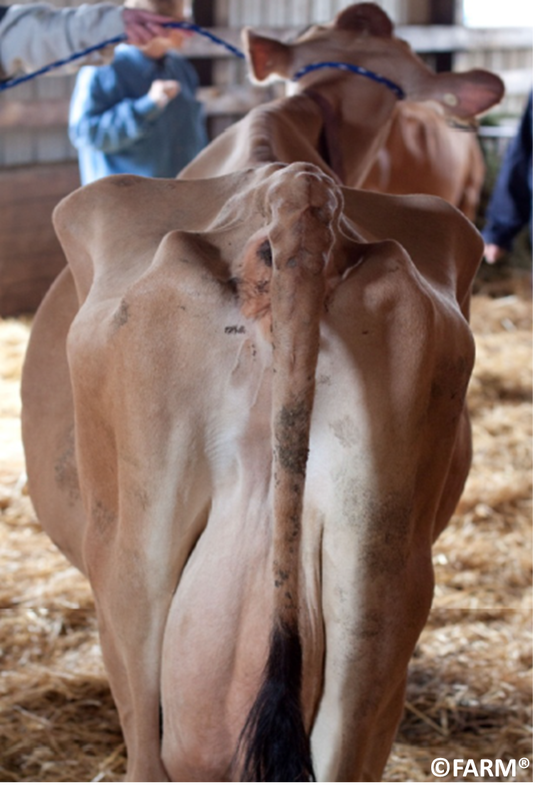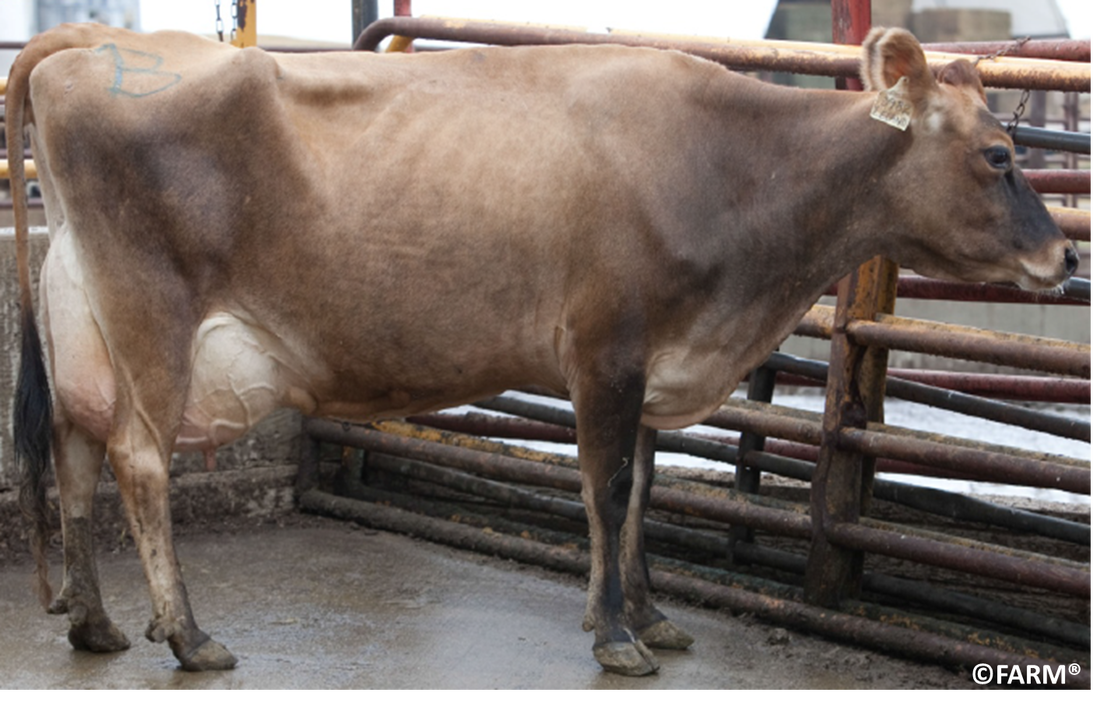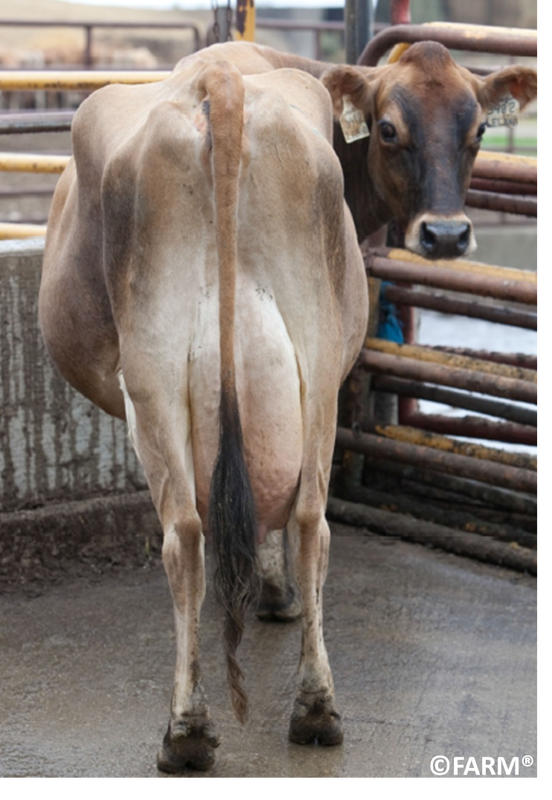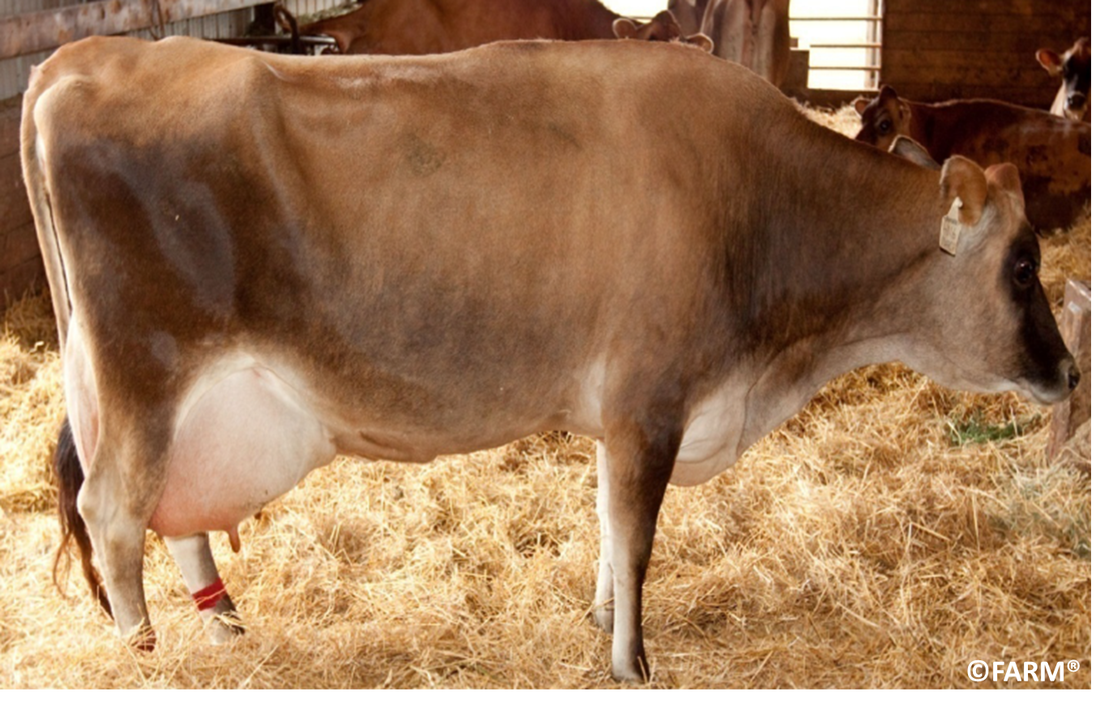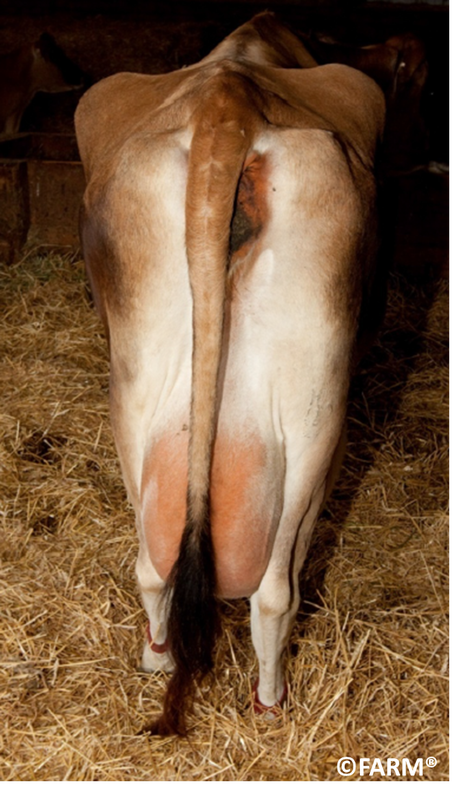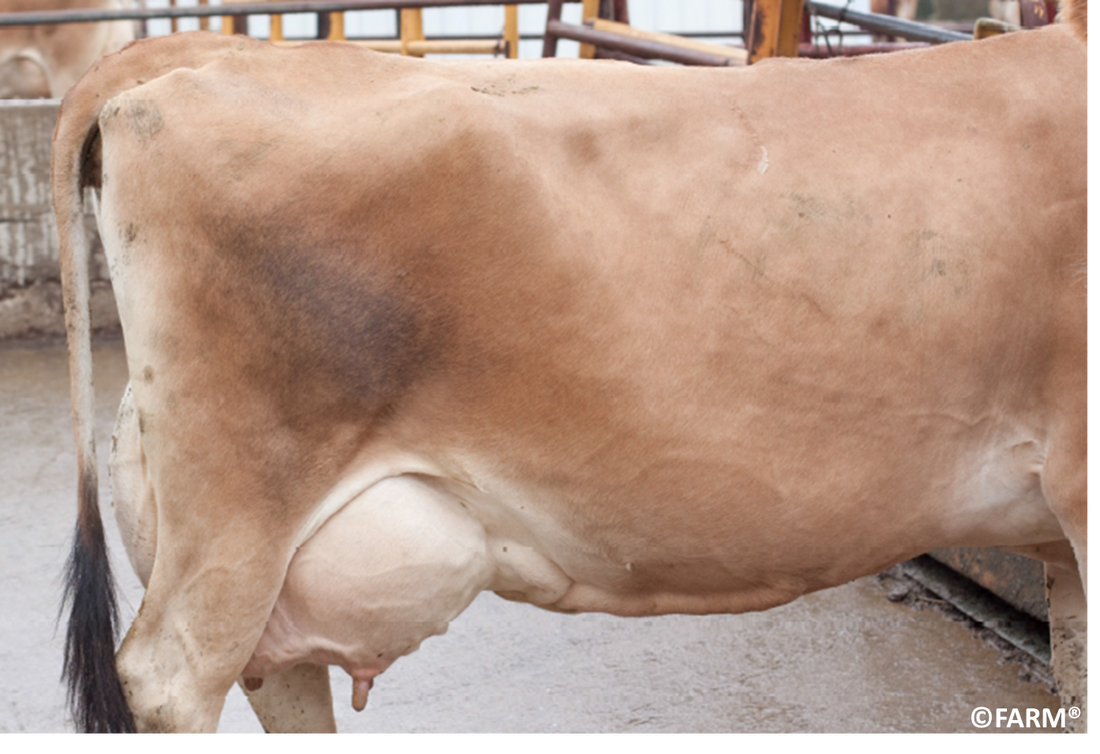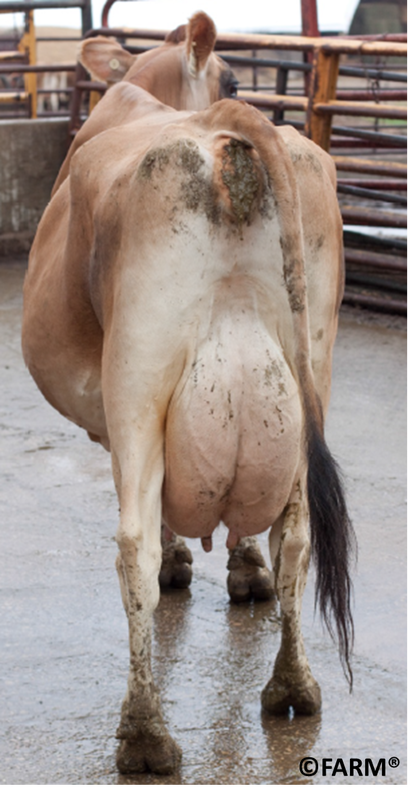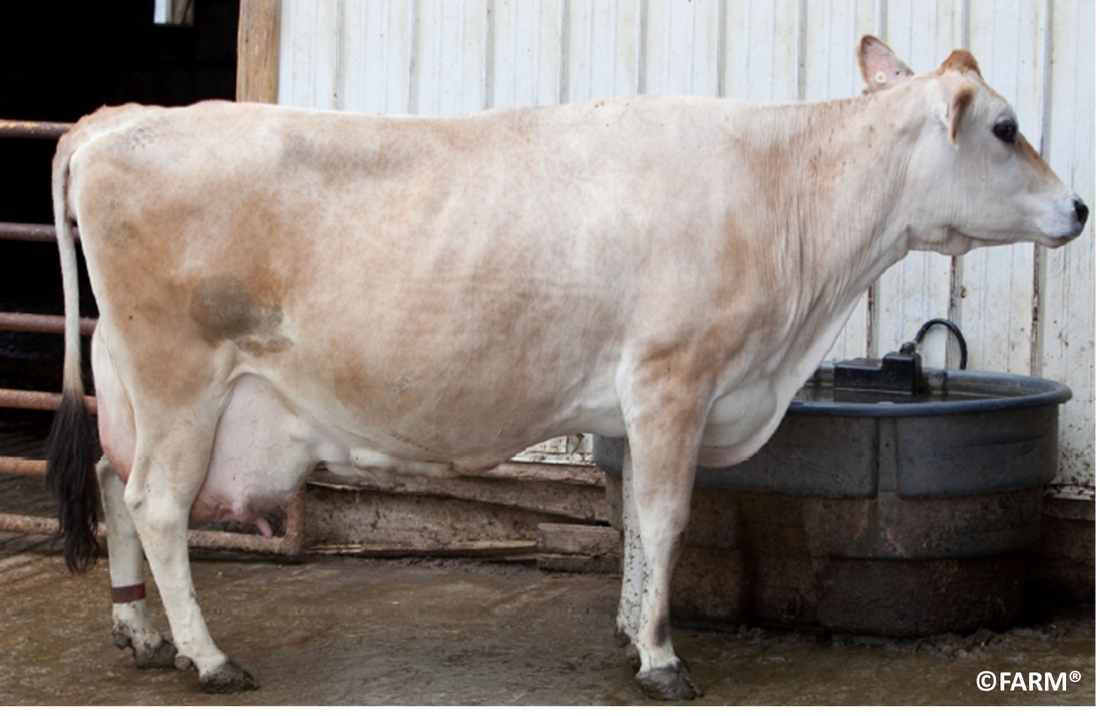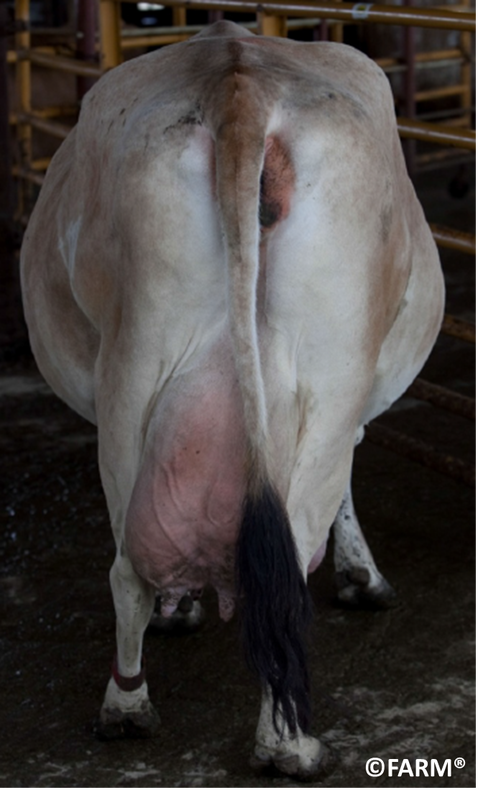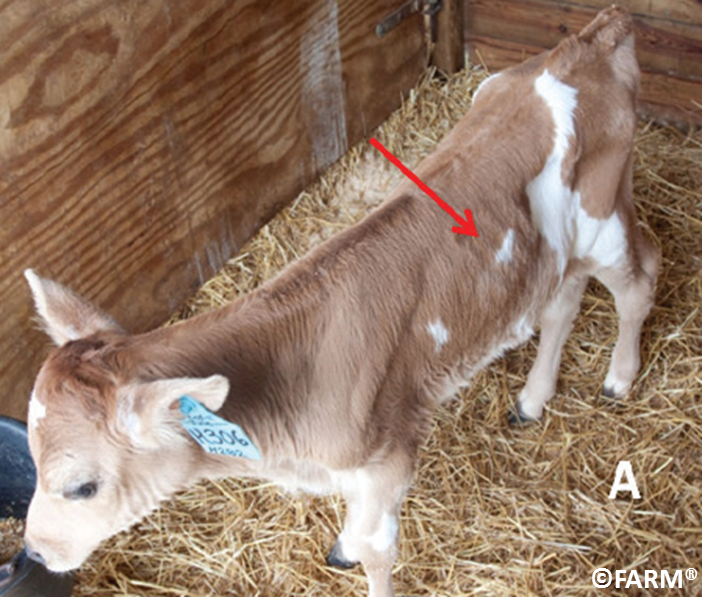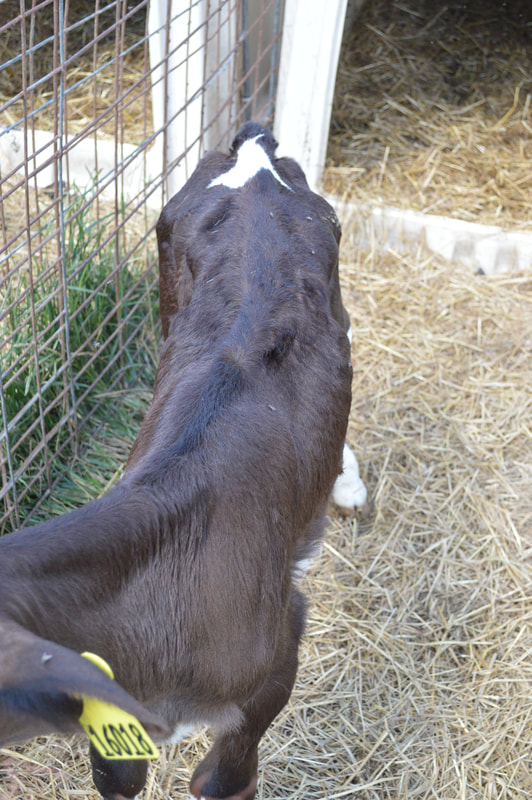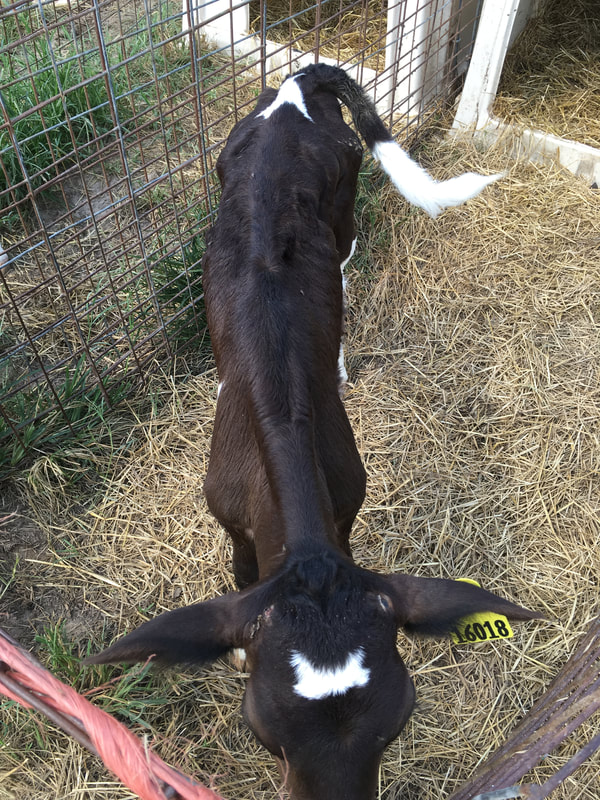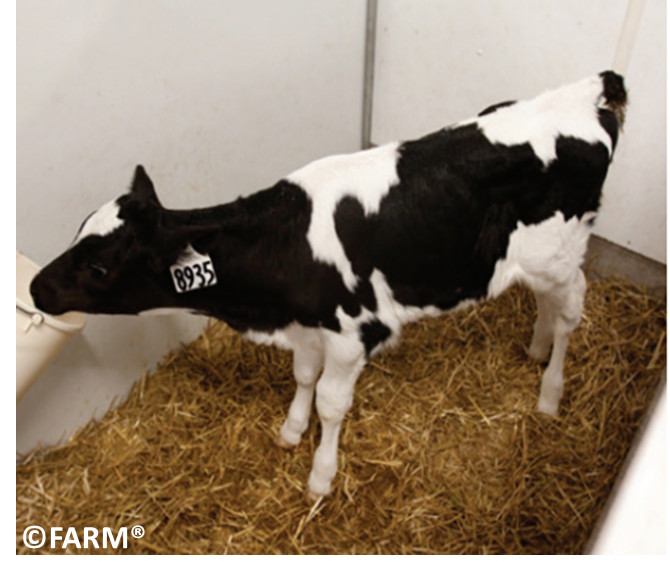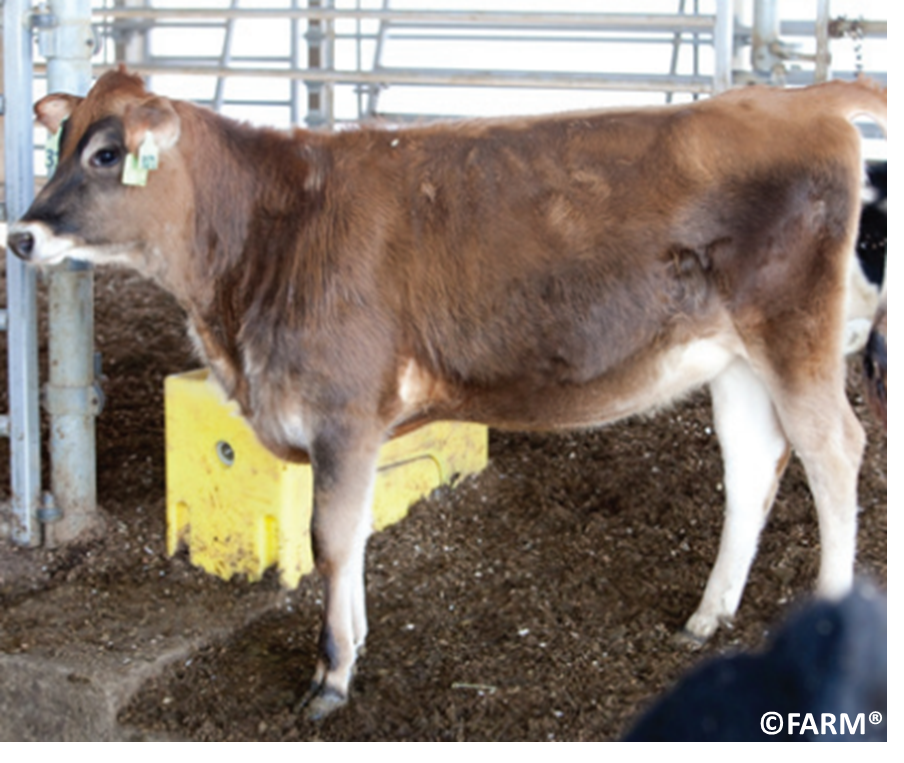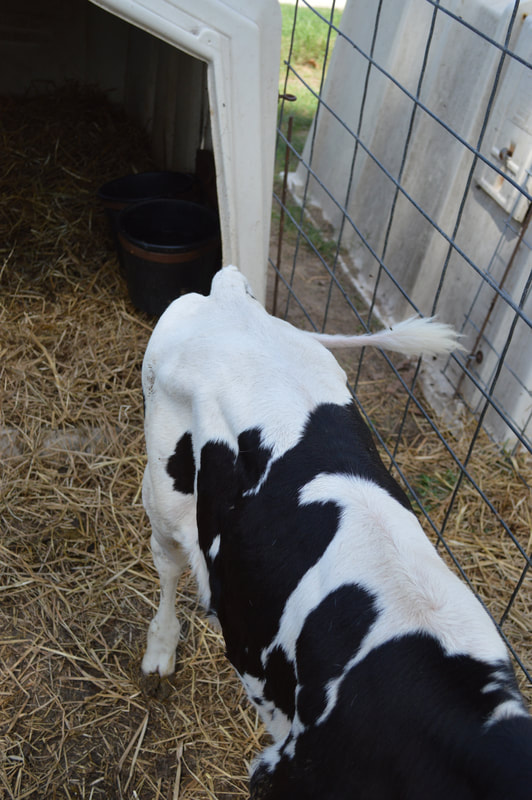Body Condition Score
There are several ways to assess body condition. Here, we provide 2 scoring systems that are commonly used in the dairy industry: FARM and Dairy Well. You can choose a system that fits your interests and test your repeatability using the associated scoring system.
For additional help in body condition scoring, or to track the progress of the cows on your farm, you can also try the "BCS Cowdition" app, free for iOS and Android, created by Bayer. Through this app, you take photos of cows and are walked through the steps of scoring them by answering questions such as "How much of the ribs are visible?" This app also allows you to track the body condition of your cows over time and relative to their current days in lactation.
Dairy Well: body condition scoring
Which animals to assess:
- Score lactating cows, heifers, and the hospital pen (lactating and young stock) using the number determined in the sample size calculator.
- Calves have a separate body condition scoring guideline, outlined further below.
When to assess:
- Assess lactating cows as they enter the parlor, or in the pen.
- Other groups will be assessed while in their pens.
How to assess:
Look for evidence of emaciation as shown by saw-toothed spine, prominent ribs, hooks, and pins. Cattle should be evaluated from the front and sides, as cattle can appear thin when viewed at limited angles.
Goal:
0% of cows should be emaciated.
Any emaciated cows should have current records providing evidence of their ongoing treatment.
Dairy Well: calf body condition scoring
Which calves to assess:
- Evaluate calves on milk using the number determined by the sample size calculator.
- Sample across all available ages so the sample measured represents the range of calf sizes.
How to assess:
- Look for evidence of emaciation as shown by prominent ribs, spine, hooks and pins.
- Evaluate calves from both the front and sides.
- It is best to score calves while they are standing, e.g. around feeding.
- Note that a shelf of the short ribs may be seen in normal calves as well, as it is associated with stomach fill.
Goal:
≤15% of calves should have poor body condition (score 2), and ≤3% should be emaciated (score 3).
No calves should be emaciated without current records providing evidence of ongoing treatment.
As this measure is difficult to accurately score with photos, there is currently no repeatability test.
National Dairy FARM Program: body condition scoring
Which animals to assess:
Score all age classes of animals in all pens; the number to score in each class is determined by the sample size calculator using the total number of animals on the farm.
Calves have a separate body condition scoring guideline, outlined further below.
How to assess:
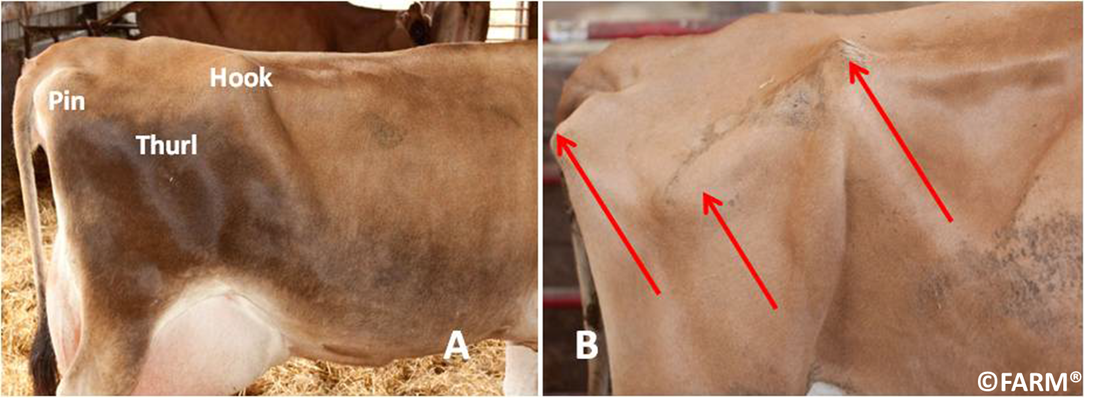
- View the hook-thurl-pin section from the side; if this has any fat cover, then BCS will be a 2.0 or greater (A)
- If this section has no fat cover, BCS will be less than 2.0 (B)
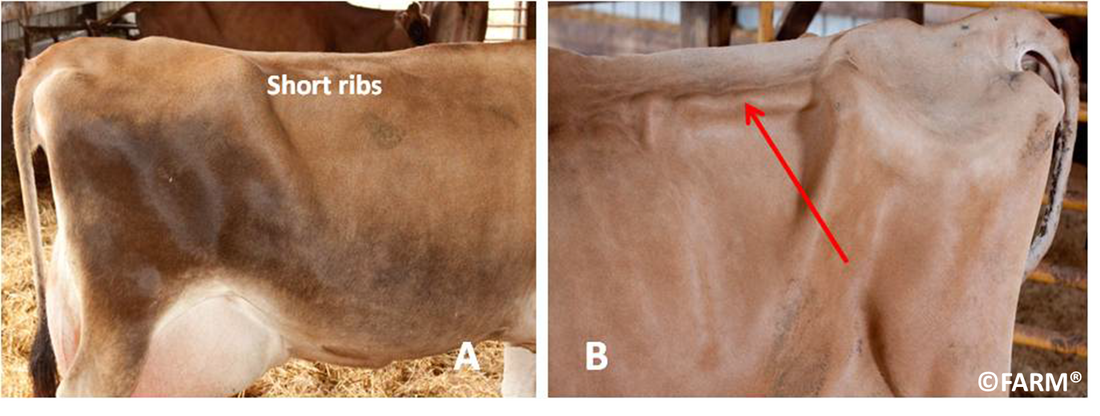
- View the short ribs from the side; if they have a fat pad cover, then BCS will be a 2.0 or greater (A)
- If the short ribs are independently visible and have no fat cover, then BCS will be less than 2.0 (B)
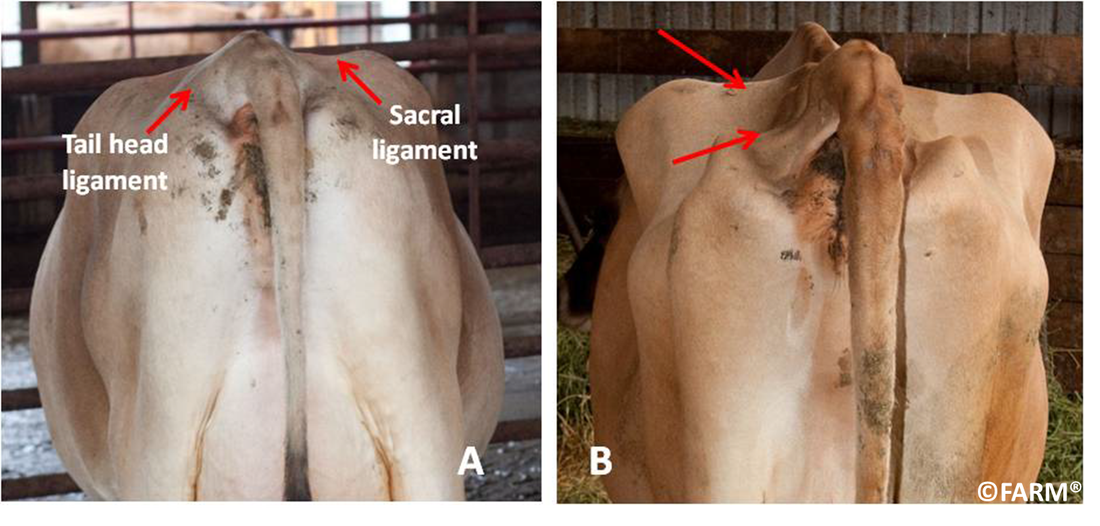
- View the tail head and sacral ligaments from the rear; if they are not clearly visible and have a fat cover, then BCS will be a 2.0 or greater (A)
- If the ligaments are both clearly visible, then BCS will be less than 2.0 (B)
Goal:
<1% of animals should score a 1.
National Dairy FARM Program: calf and heifer body condition
Which calves to assess:
Score the number of calves and heifers as determined by the sample size calculator using the total number of animals on the farm.
How to assess:
- Look at the calf from the top and side.
- If ribs are clearly visible, then BCS is less than 2.0.
Goal:
99% of animals should score 2.0 or higher
As this measure is difficult to accurately score with photos, there is currently no repeatability test.





